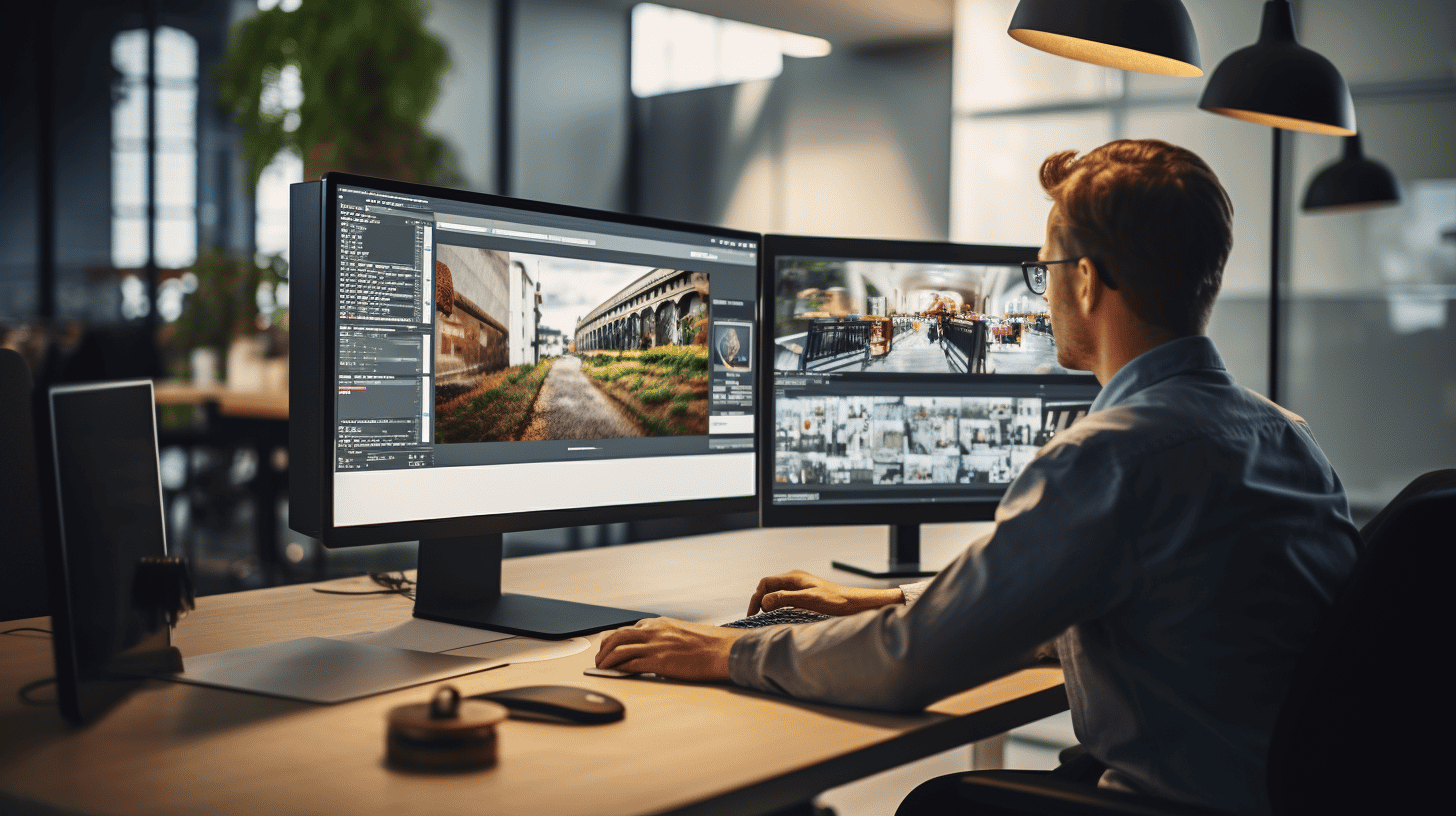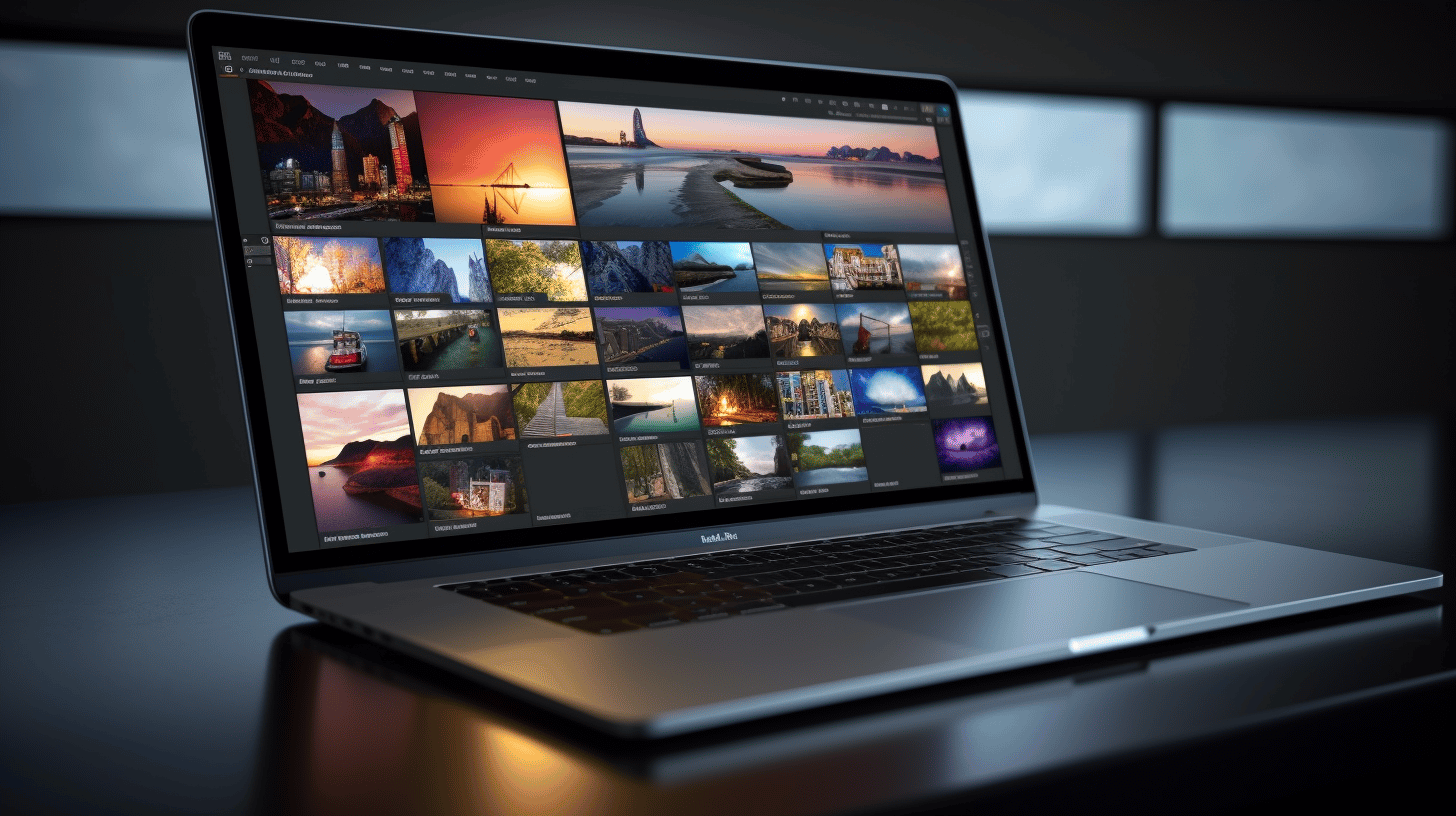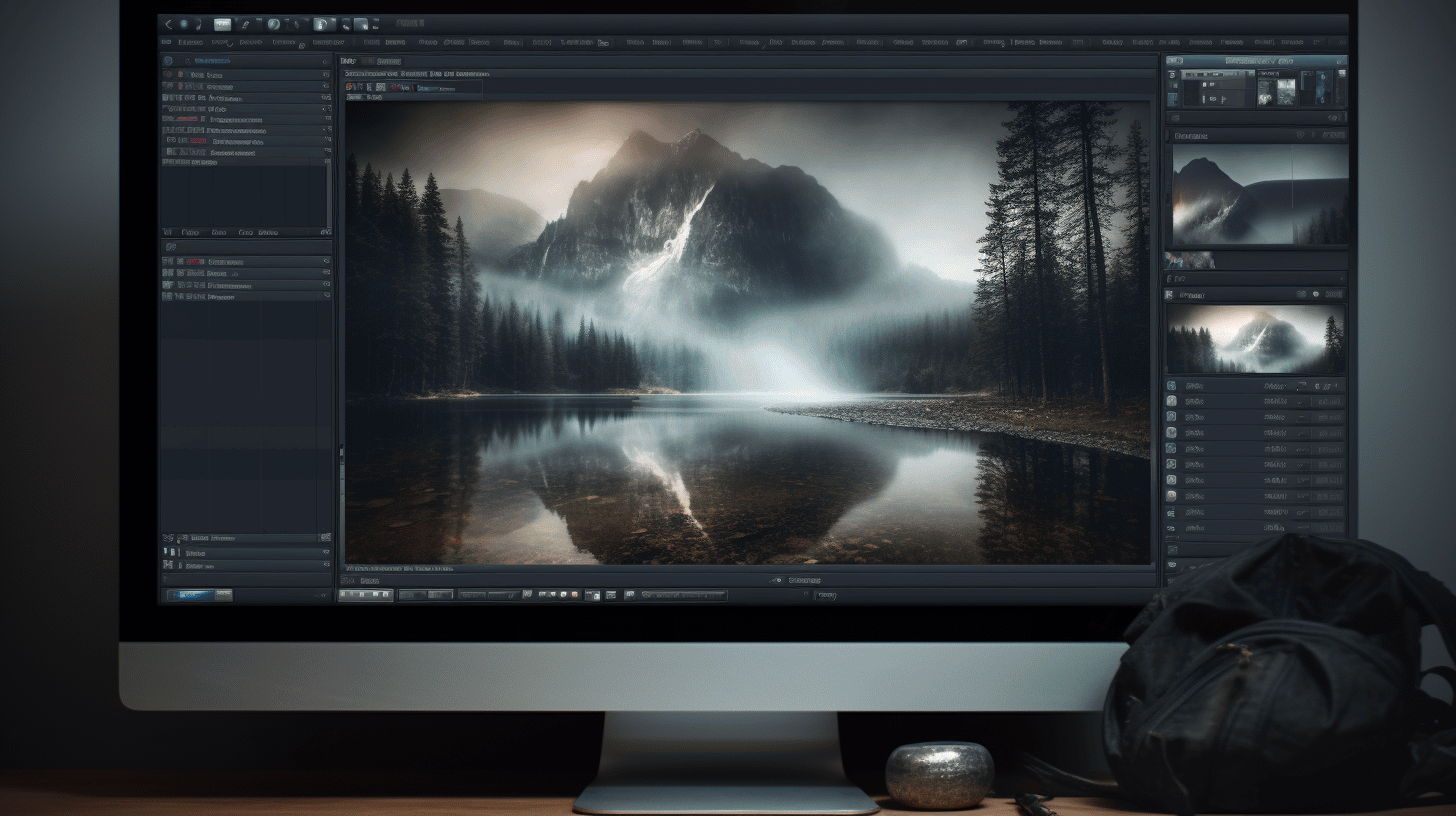The rapid advancements in artificial intelligence (AI) have made significant impacts across various industries, and photography is no exception. From capturing moments to enhancing the quality of images, AI has revolutionized the world of photography. This detailed article will provide an in-depth analysis of how AI has integrated into various aspects of photography, while also focusing on its potential applications and challenges. With the right balance of formatting and visual aids, this article aims to engage readers by outlining the current and future landscapes of AI in photography.
Table of Contents
- Exploring AI in Photography
- AI in Image Capture
- AI in Image Enhancement
- AI in Sorting and Tagging Photographs
- AI in Conversation Monitoring and Analysis
- Potential Applications of AI in Photography
- Challenges in Implementing AI
- Conclusion
- Frequently Asked Questions
Exploring AI in Photography
As we venture into the realm of AI in photography, it is essential to understand its various aspects and applications. The integration of AI has led to remarkable technical enhancements and made photography more accessible, efficient, and user-friendly. The following sections tackle the multiple facets of AI in photography.
AI in Image Capture
Scene Recognition and Auto-Settings
AI-powered scene recognition algorithms empower cameras to automatically adjust settings based on the subject and environment. These adjustments include white balance, exposure, and focus, enabling even amateur photographers to capture stunning images without requiring extensive manual tinkering.
Focus Tracking
AI-driven focus tracking systems provide photographers with a more accurate and efficient way to track moving subjects. These systems continuously analyze the scene and adjust focus in real-time, benefitting users, especially in sports and wildlife photography.
Smart HDR
High Dynamic Range (HDR) techniques capture multiple exposures of the same scene to produce well-balanced photos. AI-based HDR systems analyze these exposures and create a final image that accentuates both highlights and shadows.
AI in Image Enhancement
Automatic Image Correction
Image correction can be a tedious process, but AI-powered software now allows for automatic adjustments. These applications can address issues such as red-eye removal, color correction, and noise reduction without manual intervention, significantly reducing editing time.
Image Upscaling and Restoration
AI algorithms now play a vital role in upscaling and restoring low-resolution or damaged photographs. By analyzing an image’s pixels and patterns, AI-driven software can enhance details, remove artifacts, and even repair missing portions of an image.
Portrait Retouching
AI-assisted portrait retouching tools have simplified the process of enhancing facial features without appearing overdone. Adjustments like blemish removal, skin smoothing, andeye sharpening can be achieved without compromising image quality or the subject’s natural appearance.
AI in Sorting and Tagging Photographs
Managing vast photo collections has become increasingly efficient, thanks to AI-based image sorting and tagging systems. By utilizing AI-driven algorithms, photographers can organize and search their photo libraries with ease.
Facial Recognition and Auto-Tagging
AI-powered facial recognition technology identifies and tags individuals within an image, making it easier to locate specific photos in large collections. This functionality also extends to auto-tagging based on location, event, and time, further simplifying photo library management.
Smart Albums and Curation
AI algorithms can analyze and curate the best photos from a collection to create custom albums. This process considers factors such as image composition, sharpness, and facial expressions to select the highest-quality images for display.
AI in Conversation Monitoring and Analysis
As the AI-fused photography market evolves, AI-driven applications are being integrated into conversation monitoring and analysis functions. By employing AI-based natural language processing (NLP) algorithms, these tools provide a new level of understanding and responsiveness to customer needs and inquiries.
Potential Applications of AI in Photography
As AI continues to reshape photography, it opens up promising opportunities for both amateur and professional photographers across various fields.
Autonomous Drones
AI-driven drones are poised to revolutionize aerial photography by navigating autonomously, identifying ideal shooting locations, and capturing stunning images, all without human intervention.
Macro Photography
With AI-assisted focus stacking and image enhancement, photographers can capture the intricate details of tiny subjects and produce high-quality macro photographs.
Virtual Reality
AI is at the forefront of virtual reality content creation, enabling photographers to craft immersive environments by stitching panoramas, enhancing images, and optimizing 360-degree photos.
Challenges in Implementing AI
Despite the undeniable benefits and potential applications of AI in photography, challenges remain in its implementation.
Privacy Concerns
AI-powered facial recognition and tagging systems raise privacy concerns, necessitating the need for clear policies and guidelines to address these issues.
Artistic Expression
As AI algorithms automate various aspects of photography, some argue that it may limit the creative expression and uniqueness of individual photographers.
Resource Requirements
Implementing and maintaining AI-driven applications require significant computational power and storage, posing potential constraints for some users, especially smaller companies and individual photographers.
Conclusion
AI in the realm of photography has made significant strides in recent years, contributing to enhanced image capture, post-processing, and organization. As technology continues to advance, AI will remain a vital force in shaping the photography industry, providing new opportunities and challenges for photographers worldwide.
Frequently Asked Questions
- How is AI integrated into image capture and enhancement?
AI algorithms enable auto-adjustment of settings based on the subject and environment, track moving subjects, correct image imperfections, upscale, and restore images, and more. - What are some potential applications of AI in photography?
AI has potential applications in a range of areas, including autonomous drones, macro photography, and virtual reality content creation. - What challenges does AI implementation in photography pose?
Integrating AI in photography presents challenges such as privacy concerns, potential limits on artistic expression, and resource requirements for computational power and storage. - How does AI help in sorting and tagging photographs?
AI-powered software can automatically recognize and tag individuals within an image, as well as analyze and curate the best photographs in a collection to create custom albums. - Can AI-powered image enhancement compromise a subject’s natural appearance?
No, AI-assisted portrait retouching tools are designed to enhance facial features without appearing overdone, preserving the subject’s natural appearance.




0 Comments